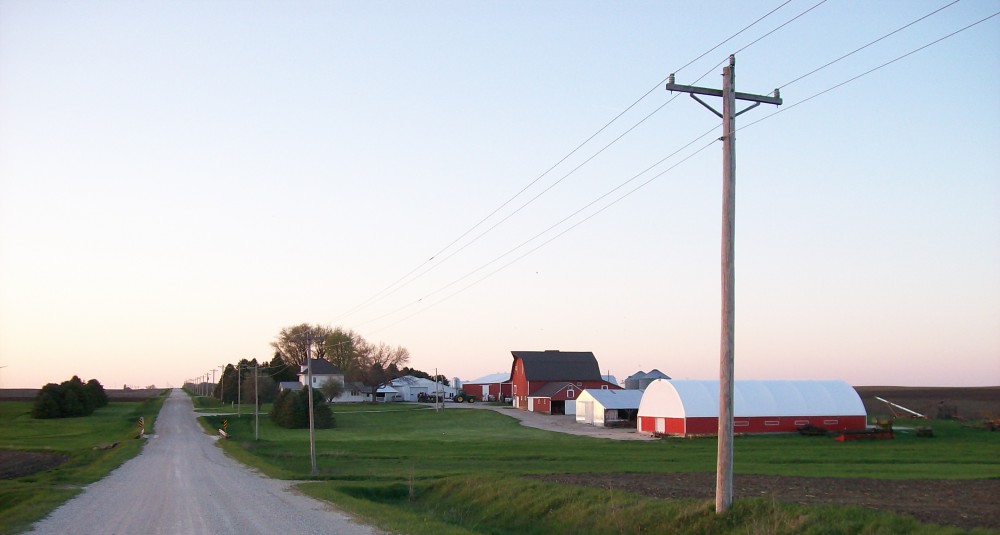AgArt. The term and genre used by Mary Swander. Mary was Poet Laureate of Iowa from 2009-2019. Her work is niche in the art scene and in the agriculture scene.
We should appreciate this work. Farmers and consumers. She highlights serious issues in both communities and presents it in way so that everyone can consume and understand the message. That is the power of art.
Swander, Emeritus Professor of English at Iowa State University, is poet and a playwright. Her plays travel around the country and tell the stories of small-town farmers and the struggles they face such as; farm succession, conventional practices versus organic practices, and meat processing.
After viewing one of her shows last night, Map of my Kingdom, I was really intrigued at how she presented the need for proper “land stewardship” which involves things like good environmental practices, farming organic if possible, and passing the land along to someone who would appreciate it and take care of it. How does she do this? Well for one she does not explicitly say farmers are farming wrong. Her rhetoric in the play has strong religious undertones. Examples of these undertones include reference to the Pope and many biblical stories that allude familial consequences if the land is not properly taken take care. The strongest of the biblical references, in my opinion, was Cain and Abel.
This literary approach allows for the audience to more susceptible to the message. In small towns, like the town we visited last night to see the show, have strong social ties and one of those ties is in the church. It acts not only as a temple of religious learning, but a social meeting place. So, it would be place where farmers of the community come together to talk about how good or bad their crops are doing, share tips on what they could better, and exchange products that could better help them achieve a successful season.
For the farmer, land stewardship could also be best received from the church community. Swander imparts a critical job on to the church, to teach farmers how to love the land. Loving the land and tending to the land should be centered around not poisoning the fields with toxic chemicals, monitoring what by-products occur because of farming, and not leaving it bear. Land has potential to always give something. That gift may not always be food for people, but it could be a nestling space for traveling animals, pollen hubs for flying insects, or just beautiful scenes of green grass for passing visitor.
The message of tending to the land and taking care of it was a strong message brought forth by Swander and her crew. Her presentation maybe well suited for farmer versus the convoluted jargon of Congress-passed bills. She uses her art and her mid-western farm culture to educate and challenge farmers to review how they run their own operations.
It is not the goal of art to persuade people to change their minds, and although art easily often gets caught up into performing the role of activism that is not its exclusive role. Art is simply made to reflect experience. That is what Swander does, she reflects experience.
